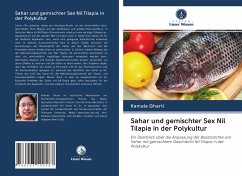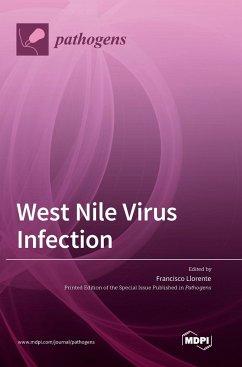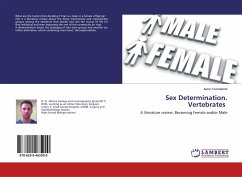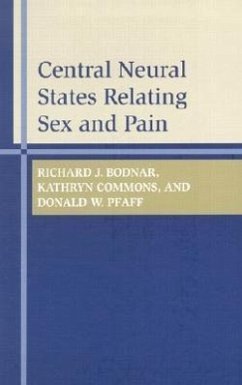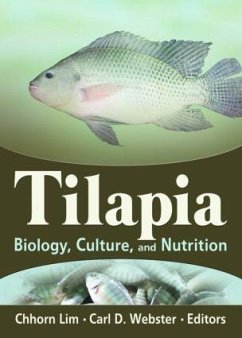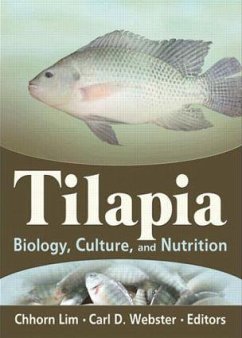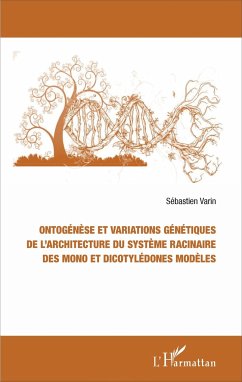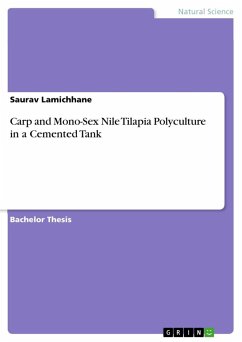
Carp and Mono-Sex Nile Tilapia Polyculture in a Cemented Tank

PAYBACK Punkte
0 °P sammeln!
Bachelor Thesis from the year 2020 in the subject Biology - Miscellaneous, , language: English, abstract: Carp polyculture is the most common, popular, and successful aquaculture system in Nepal. Including mono-sex Nile tilapia in carp polyculture could enhance fish productivity. This present LEE work was conducted at the Fish hatchery complex of Fisheries Program, Agriculture and Forestry University, Rampur, Chitwan, in a cemented tank of area 25 m² for 26 days to study the carp and mono-sex Nile tilapia in a polyculture system.The pond was fertilized using urea and DAP at the rate of 4,7 g/...
Bachelor Thesis from the year 2020 in the subject Biology - Miscellaneous, , language: English, abstract: Carp polyculture is the most common, popular, and successful aquaculture system in Nepal. Including mono-sex Nile tilapia in carp polyculture could enhance fish productivity. This present LEE work was conducted at the Fish hatchery complex of Fisheries Program, Agriculture and Forestry University, Rampur, Chitwan, in a cemented tank of area 25 m² for 26 days to study the carp and mono-sex Nile tilapia in a polyculture system.The pond was fertilized using urea and DAP at the rate of 4,7 g/m²/week and 3.5 g/m²/week respectively. Fishes except Grass carp were fed twice daily with the pellet made from mustard oil cake and rice bran mixed at a 1:1 ratio at the rate of 5% BW. Grass carp were fed with duckweed at a rate of 50% BW twice a day from 7:30 am to 8 am and 1:30 pm to 2 pm. Water quality parameters i.e., water temperature, transparency, water depth, dissolved oxygen, and pHand were monitored daily while total alkalinity was monitored weekly. Sampling of fish was done fortnightly to check fish growth and adjust feed quantity.All the water quality parameters were within the optimal range of fish production except for DO which was very high during the afternoon. The extrapolated GFY and NFY were 14.5 t/ha/yr and 9.6 t/ha/yr, respectively. The overall survival of fish was 87% and AFCR was 1.4. The total variable cost and the production cost was NRs. 220/kg. Fishes were transferred to the Aquaculture farm, assuming the selling rate NRs. 300/kg. This makes the total gross return was of NRs. 875, making a total net profit of NRs. 327. The B: C ratio was 1.59. From this LEE work, it was concluded that carp and mono-sex Nile tilapia polyculture is a reliable and profitable venture to carry out.




